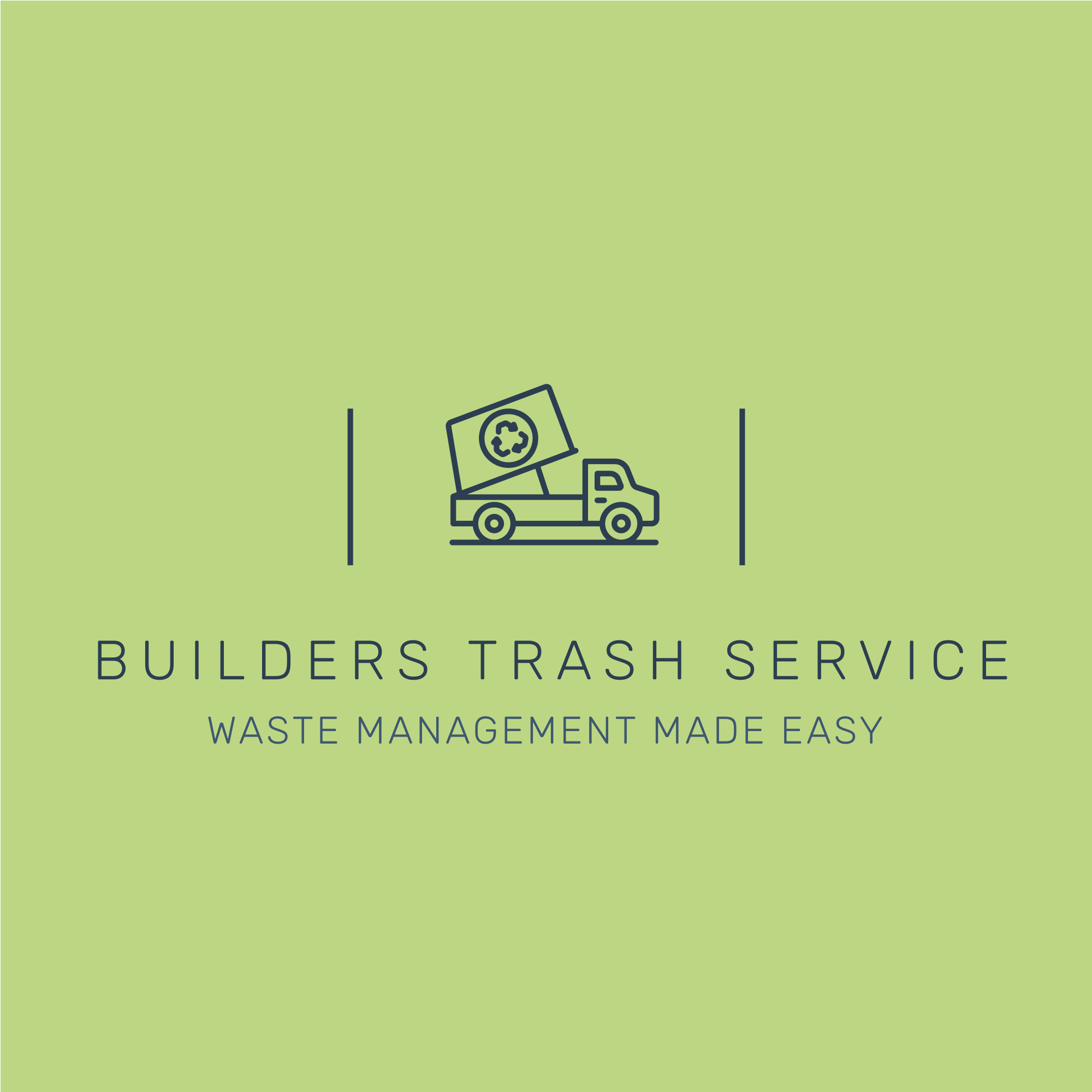Introduction:
The Super Bowl, the pinnacle of American football excitement, isn’t just about touchdowns and halftime shows. In recent years, it has become a platform for promoting sustainable initiatives. As millions of viewers tune in to watch the game, organizers are leveraging this massive audience to raise awareness about environmental issues and showcase eco-friendly practices. Let’s explore how sustainability and the Super Bowl are joining forces to make a positive impact.
Green Stadiums:
One of the most visible sustainability efforts during the Super Bowl is the greening of stadiums. Host venues are increasingly adopting eco-friendly practices, such as using renewable energy sources, implementing water conservation measures, and reducing waste through recycling and composting programs. These initiatives not only minimize the environmental footprint of the event but also set an example for other large-scale gatherings.
Carbon Offsetting:
To counteract the carbon emissions associated with travel and energy usage during the Super Bowl, organizers often invest in carbon offset programs. These programs fund projects that reduce greenhouse gas emissions elsewhere, such as reforestation initiatives or renewable energy installations. By offsetting their carbon footprint, the Super Bowl demonstrates its commitment to environmental stewardship and climate action.
Sustainable Transportation:
Transportation is a significant contributor to carbon emissions, especially during major events like the Super Bowl. To address this issue, host cities implement strategies to encourage sustainable transportation options, such as public transit, biking, and carpooling. By promoting alternatives to single-occupancy vehicles, organizers help reduce traffic congestion and air pollution while making the event more accessible to attendees.
Locally Sourced Food:
Food is an integral part of the Super Bowl experience, but it can also have a substantial environmental impact, particularly in terms of sourcing and waste. To address this, stadiums and vendors increasingly prioritize locally sourced, organic, and sustainable food options. Supporting local farmers and reducing the carbon footprint of food transportation. these initiatives promote environmental sustainability while offering healthier choices for fans.
Community Engagement:
Beyond the game itself, the Super Bowl brings communities together, providing an opportunity to promote environmental education and engagement. Outreach programs, workshops, and interactive exhibits, organizers raise awareness about sustainability issues. Inspire individuals to take action in their own lives. By empowering communities to embrace eco-friendly practices, the Super Bowl leaves a lasting legacy of environmental stewardship.
Conclusion:
As the Super Bowl continues to captivate audiences around the world, its influence extends beyond the realm of sports to promote sustainability and environmental responsibility. From green stadiums to carbon offsetting initiatives, the Super Bowl demonstrates that large-scale events can be both entertaining and environmentally conscious. By leveraging its platform to champion eco-friendly practices, the Super Bowl sets a precedent for future events and inspires fans to join the movement towards a more sustainable future.
